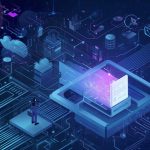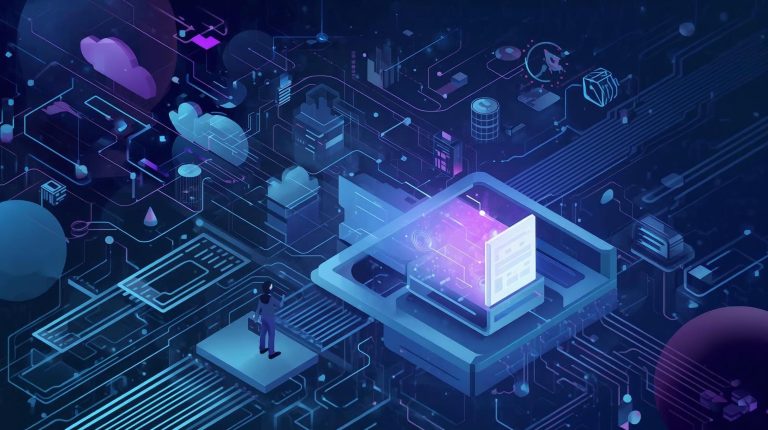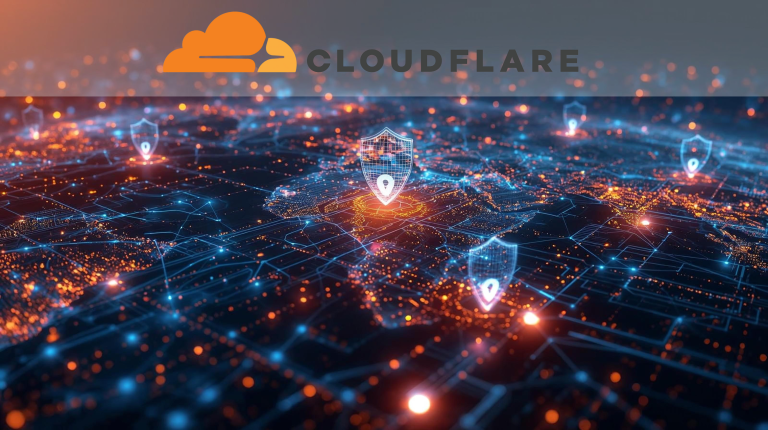
A surge of traffic, topping out at an eye-widening 15 terabits per second, recently slammed against Azure’s digital defenses. This was the largest distributed denial-of-service (DDoS) attack ever recorded.
Most people might imagine these cyber onslaughts as rare, Hollywood-style events. The truth is, attacks of this caliber are becoming a new reality for every cloud provider and business relying on connected technologies.
Stories like this are far more relevant than most organizations realize.
Where the Flood Began: IoT Botnets Take Center Stage
At the heart of this incident was an army of hijacked Internet of Things (IoT) devices.
Picture hundreds of thousands of compromised security cameras, home routers, and smart sensors. All were quietly working together to unleash massive surges of data at a single target.
Unlike traditional botnets, which relied on infected PCs, these new IoT botnets take advantage of devices that often go unpatched and unnoticed. Every day electronics turn into digital battering rams.
What Makes Modern DDoS Different?
Modern DDoS attacks are no longer just simple tools for annoyance. They rival the scale of regional internet outages. IoT-powered attacks scale much faster than earlier botnets because there are billions of unsecured devices online, and many remain unmonitored after installation.
Imagine trying to fix a leak, only to realize the whole neighborhood’s plumbing is interconnected and any compromise can jeopardize everyone’s supply.
By blocking this latest record-breaking assault, Azure’s security teams demonstrated advanced traffic filtering and highlighted the new risks posed by smart devices everywhere.
How Azure Stopped the Storm: Defense in Layers
How did Azure manage to fend off a 15 Tbps offensive? Their DDoS protection system uses layered filtering, advanced anomaly detection, and rapid rerouting of suspicious traffic to minimize impact. The system automatically identifies unusual surges and applies mitigation strategies in real time. This approach upgrades traditional security guard posts into an automated, AI-powered perimeter.
Defense is not just about better firewalls. It involves network engineers, real-time threat intelligence, and collaboration with device manufacturers to minimize the underlying vulnerabilities that enable IoT botnets. Microsoft’s approach blends human expertise and autonomous systems. Both are critical as attack methods evolve.
Why It Matters: The Human and Business Impact
For cloud customers, this is more than a technical footnote. When a DDoS attack reaches terabit-scale, it can impact not just individual businesses but entire data centers and the digital services people depend on daily.
The costs of downtime, lost revenue, and diminished trust could run into the millions or trigger government scrutiny. More critically, these events reveal systemic issues.
An unsecured device on a home network is no longer just a personal risk. It becomes a potential weapon in a global campaign targeting infrastructure that everyone relies on, including banks, hospitals, and emergency services.
What’s Next? Facing the Evolving Threat
Some experts warn that the growth of IoT and edge computing might make attacks like these even more common unless manufacturers and users build in better security by design. Collective defense models, new regulatory measures, and advances in attack prediction will likely shape the next generation of public cloud defenses.
As more smart devices come online, the front lines of cybersecurity shift from data centers to everyday lives.
Enterprises and consumers must rethink what “secure by default” means and push for better standards in anything that connects to the internet.
The Takeaway: Why Clarity (and Vigilance) Matter Now
The scale of recent attacks signals a turning point for everyone involved with technology, not just IT professionals.
Incidents like these capture a new normal in which defensive agility and collective responsibility will determine how resilient our digital world remains.
Understanding these threats is not just about details. It is about recognizing what brings both risk and resilience to lives increasingly shaped by invisible connections.














